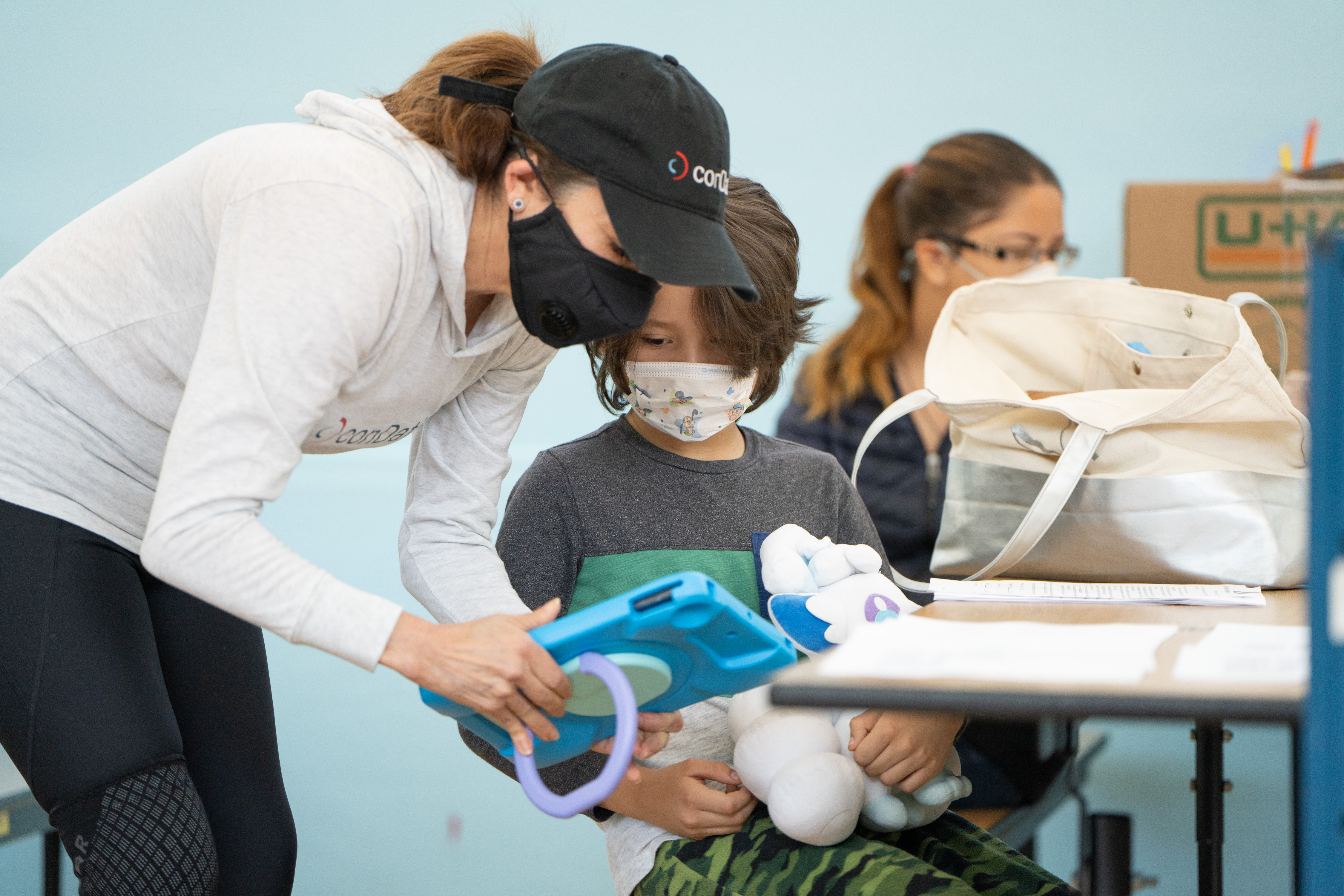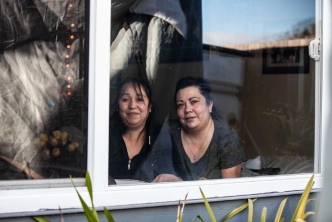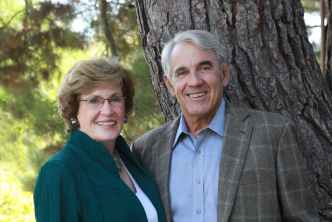
In conversation with Michelle Boyers - Driving Change in East Palo Alto Schools
We invite you to be inspired by our Leader Voices series. Here, Magnify Community Pledger Michelle Boyers details her approach to supporting reform and reinvestment in East Palo Alto’s Ravenswood School District.
Tell us a little about you and your general approach to philanthropy.
My background is in leadership roles in large urban public school districts, in New York City and Boston, from the school and district level up to the state department of education.
More recently, I’ve worked in national education philanthropy, working to scale education reforms, particularly in teacher and principal support and school turnaround, as well as serving on boards of national and local education organizations. So I have a somewhat unique perspective as both an education leader and a philanthropist.
Now, my primary focus is in local education philanthropy. I tend to take a highly engaged, hands-on approach with a relatively small number of grantees.
Where do you focus your local giving and why?
My main interest has been working with a local school system that I felt was primed for real transformation and change – where philanthropy could really move the needle and show real impact in terms of improved outcomes for students.
That’s how I’ve come to build a relationship with Ravenswood School District in East Palo Alto, which is a K-8 grade district serving 2,500 students. Almost all are low-income; 60% are English learners, and 45-60% qualify as homeless and housing insecure. When controlling for student need, Ravenswood gets significantly less funding per student than any district on the Peninsula. As a result, Ravenswood teachers are paid 30% less than surrounding districts.
The district has a long history of failing kids. Even before COVID-19, the challenges facing Ravenswood were massive, and the crisis has only exacerbated the systemic inequity affecting the community and the district. But recent changes took place before the crisis — new board leadership, a skilled and passionate new superintendent, a new strategic plan with clear and inspiring priorities, and investments in teacher and principal coaching and support. These have opened the door, I believe, for philanthropy to make a meaningful and lasting impact on the quality of education for students living in East Palo Alto.
How are you using your philanthropic dollars to help transform educational opportunities for local, historically underserved communities, like East Palo Alto, in what is an extremely challenging time?
Since the pandemic started, I have been investing in four primary areas: 1) emergency funding for basic student and family needs amid COVID-19; 2) support for teachers to improve not only their remote teaching practices during the crisis but also their overall instructional quality; 3) mental health supports for students; and 4) long-term strategic improvements for the district.
As in many historically disinvested communities, East Palo Alto families are experiencing a desperate financial and family crisis. And when the quarantine went into effect, teachers had to make a sudden and massive shift to remote learning, and it was extremely difficult. Neither teachers or students had the technology tools they needed.
Through the Ravenswood Education Foundation, the district set up an emergency fund to provide immediate assistance to families for technology, food, and cash. We also purchased a Chromebook or iPad with an Internet hot spot for every student. And the Foundation is funding every Ravenswood teacher's request on DonorsChoose, an online platform where teachers can post project ideas and raise funds to purchase classroom supplies for those projects. These projects have allowed teachers to purchase technology and other materials and supplies for either teacher or student use at home to facilitate and enable distance learning.
To provide guidance and support for teachers, Ravenswood is leveraging philanthropy to engage experts in online instruction, as well as to implement online instructional programs. These new programs provide a key opportunity for Ravenswood to emerge from this crisis even better by using technology to provide higher quality content and curriculum; differentiated instruction for individual students; better access to data for student diagnostic assessments and progress monitoring; and a tool for regular family-school communication.
You’ve touched on one of the common themes that we’ve seen in considering an effective crisis response, which is investing in both immediate relief and long-term reform. Can you tell us more about how philanthropy might seed sustainable, lasting change at Ravenswood?
I am continuing to invest in long-term, system-wide changes to address inequitable funding and enhance the value proposition for great teachers to want to work in Ravenswood.
In this effort, philanthropy will be critical to enabling Ravenswood to provide: 1) expert coaching for teachers to improve; 2) elective teachers for art, physical education, and music, which enable core academic teachers to have sufficient time in their schedule to plan and learn together; 3) increased pay for teachers; and 4) more affordable housing options for teachers living in the area.
This last bucket of long-term systemic reforms is the one I am personally most excited about because I think these are transformational strategies that can fundamentally change the quality of education for kids in Ravenswood.
Photo courtesy of Ravenswood Education Foundation


